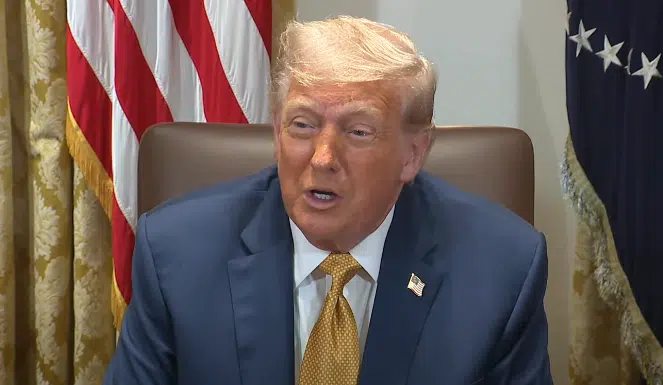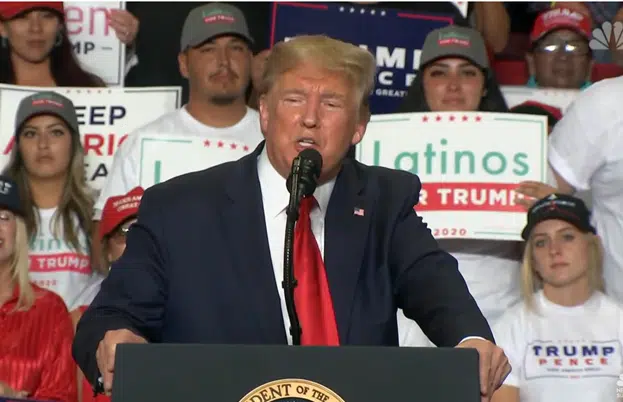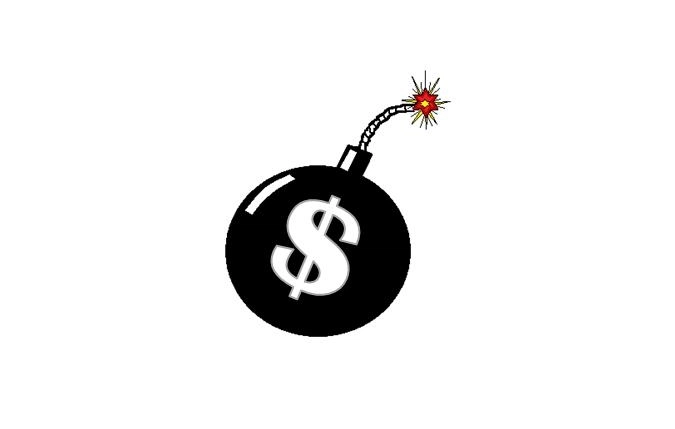On Wednesday, June 18, Federal Reserve Chairman Ben Bernanke announced that the central banks $85 billion of monthly bond purchases would slow down until the unemployment rate reaches 7 percent, expected sometime in 2014.
At that point, he said, the program would end altogether.
Investors, already concerned about rising interest rates, began a seeming panic. In the first two days since the announcement, the Dow Jones has dropped by more than 500 points. But that is not to say the trend will continue per se.
Rather, casual observers can consider the Dow two-day drop as another indication, albeit a symbolic one, that the economy is overly dependent on credit creation. Particularly from the Federal Reserve, which since the financial crisis began in August 2007, has expanded its balance sheet by more than $2.5 trillion to today’s level of $3.4 trillion.
That includes a $1.1 trillion increase in its U.S. treasuries holdings, and another $1.1 trillion in mortgage backed securities purchases. The purchases are said to help shore up financial institutions still deleveraging from the financial crisis.
Since 2008, financial institutions have shed $3.2 trillion of debt, and are still contracting. For that reason, credit outstanding nationwide — that is, all debts public and private — have experienced a significant slowdown the past 5 years.
From 1945 to 2007, credit was expanding at an average rate of 8.3 percent a year. Since then, it has only grown by 2 percent a year since the housing bubble popped.
The rate has picked up a little, growing 3.3 percent in 2012. And in the first quarter, it grew $552 billion to $56.9 trillion, or an annualized rate of 3.9 percent, but it is still nowhere near its prior robust rate of growth.
Which may be what is contributing to investor jitters over the impending end of quantitative easing. With the financial sector still contracting, should the Fed slow down its bond purchases, it is questionable where further credit expansion will come from.
Previous reports have correlated credit expansion to economic growth, including a July 2012 Bank for International Settlements study by Stephen Cecchetti and Enisse Kharroubi, “Reassessing the impact of finance on growth.”
“[T]oday it is accepted that finance is not simply a by-product of the development process, but an engine propelling growth,” the authors stated.
But there’s a caveat: [A]s with many things in life, with finance you can have too much of a good thing. That is, at low levels, a larger financial system goes hand in hand with higher productivity growth. But there comes a point — one that many advanced economies passed long ago — where more banking and more credit are associated with lower growth.”
They added, “we find that when private credit grows to a point where it exceeds GDP, it becomes a drag on productivity growth.”
That’s bad, because private credit — which excludes federal, state, and local government debt, plus Government Sponsored Enterprise and agency debt — stands at $34.5 trillion, more than 215 percent of the Gross Domestic Product.
Adding to concerns, banks are still stockpiling reserves in excess of legal capital requirements, which increased $95 billion in May to $1.8 trillion. This indicates low demand for credit.
Additionally, the household debt to median income ratio has jumped, from 95 percent in 1981 to more than 216 percent in 2012, according to an Americans for Limited Government analysis of data compiled by the Fed and the U.S. Census Bureau. That figure had peaked at 235 percent in 2007. This indicates American consumers are still deleveraging from the financial crisis as well.
All of which leaves the Fed between a rock and hard place. Despite expanding its balance sheet by more than $2.5 trillion, because of excess credit in the economy, the easing’s effect has been muted in the real economy.
While it’s impossible to know the counterfactual, it’s almost as if we would have been better off had the Fed not intervened in 2008 and let the credit contraction run its course. Through its intervention, the Fed may only be prolonging the credit slowdown.
Which means ending quantitative easing might be a blessing in disguise. Perhaps credit markets will finally find their bottom, and the virtuous cycle can begin anew. Time will tell.
Robert Romano is the Senior Editor of Americans for Limited Government.







